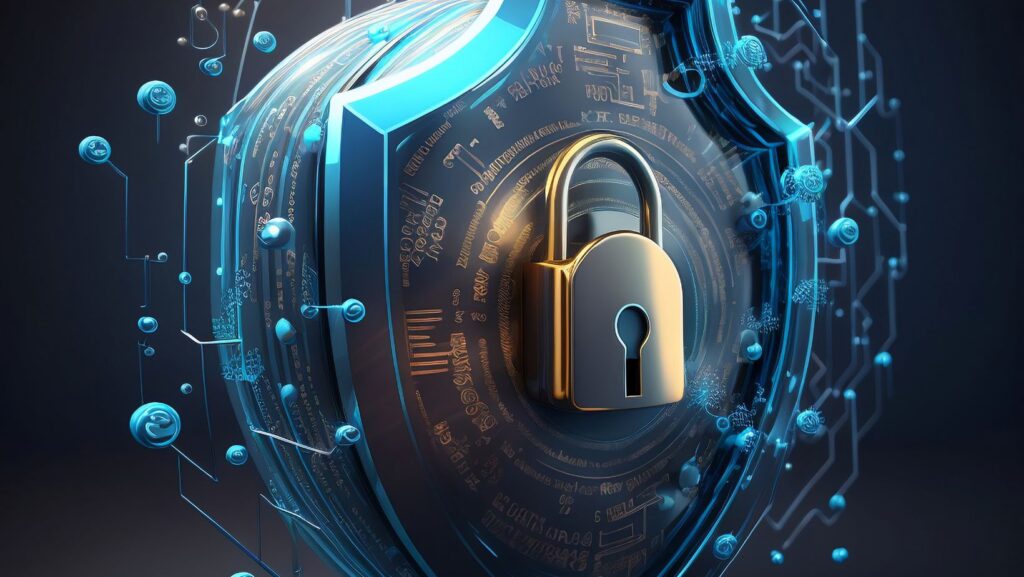As an expert in cybersecurity, I’ve delved deep into the NIST Cybersecurity Framework and its pivotal role in fortifying organizational defense. Understanding how this framework enhances security measures is crucial in today’s digital landscape. By aligning with NIST guidelines, companies can bolster their defenses against evolving cyber threats.
I’ll explore the key ways in which the NIST Cybersecurity Framework elevates organizational defense strategies. From risk assessment to incident response, each aspect plays a vital role in safeguarding sensitive data and maintaining operational resilience. Join me on this insightful journey into the world of cybersecurity best practices and learn how your organization can benefit from implementing NIST’s proven framework.
Nist Cybersecurity Framework
When it comes to enhancing organizational defense, understanding the NIST Cybersecurity Framework is crucial. Developed by the National Institute of Standards and Technology, this framework provides a robust structure for cybersecurity risk management. It serves as a comprehensive guideline for organizations to assess and improve their cybersecurity posture.
The NIST Cybersecurity Framework is built on key pillars: Identify, Protect, Detect, Respond, and Recover. These core functions offer a structured approach to managing and mitigating cybersecurity risks effectively. By aligning with this framework, organizations can establish a strong security foundation that shields them from a myriad of cyber threats.
One of the significant advantages of the NIST Cybersecurity Framework is its flexibility. It can be tailored to suit the specific needs and requirements of different organizations across various industries. This adaptability ensures that businesses of all sizes can leverage the framework to bolster their defense mechanisms and enhance their overall cybersecurity posture.

Importance of Aligning with NIST Guidelines
Aligning with NIST guidelines is crucial for enhancing our organizational defense. By following the structured approach of the NIST Cybersecurity Framework, we can effectively manage cybersecurity risks and establish a robust security foundation. NIST guidelines offer a comprehensive roadmap to identify, protect, detect, respond, and recover from cyber threats, ensuring a proactive stance against evolving risks.
Here are some key reasons why aligning with NIST guidelines is essential:
- Standardization: Following NIST guidelines allows us to standardize our approach to cybersecurity, ensuring consistency and efficiency in our defense strategies.
- Risk Management: The NIST Cybersecurity Framework provides a systematic way to assess and mitigate cybersecurity risks, enabling us to prioritize actions based on potential impact.
- Compliance: Aligning with NIST guidelines helps us meet regulatory requirements and industry standards, demonstrating our commitment to cybersecurity best practices.
Adopting the NIST Cybersecurity Framework empowers us to tailor our security measures to our specific needs, regardless of our industry or size.
Enhancing Risk Assessment Procedures
When it comes to Enhancing Risk Assessment Procedures within an organization, aligning with the NIST Cybersecurity Framework is paramount. Implementing the framework allows me to conduct a comprehensive assessment of potential risks that could impact my organization’s cybersecurity posture. By following the guidelines set forth by NIST, I can identify, prioritize, and mitigate risks effectively.
One key aspect of the NIST framework is its emphasis on continuous monitoring and assessment of risks. This proactive approach enables me to stay ahead of emerging threats and vulnerabilities, ensuring that my organization’s defenses are always up to date. Regular risk assessments not only help in identifying weaknesses but also provide insights into areas where additional security measures may be needed.

Strengthening Incident Response Capabilities
Implementing the NIST Cybersecurity Framework significantly enhances organizational defense by strengthening incident response capabilities. With a structured approach to incident response, organizations can effectively detect, respond to, and recover from cybersecurity incidents. Here are key ways the NIST framework strengthens incident response capabilities:
- Timely Incident Detection: By implementing NIST’s guidelines, organizations can establish robust detection mechanisms to identify cybersecurity incidents promptly.
- Response Planning: The framework provides a structured framework for developing and maintaining an incident response plan, ensuring a timely and effective response to security events.
- Coordination and Communication: It emphasizes the importance of coordination and communication within an organization to streamline incident response efforts and minimize the impact of security incidents.
- Incident Recovery: NIST guidelines facilitate swift incident recovery by outlining best practices for restoring systems and operations post-incident.
- Continuous Improvement: The framework encourages organizations to conduct post-incident reviews and incorporate lessons learned into their incident response processes, enabling continuous improvement in response capabilities.
By strengthening incident response capabilities through the NIST Cybersecurity Framework, organizations can effectively mitigate the impact of cybersecurity incidents and maintain operational resilience in the face of evolving cyber threats.



